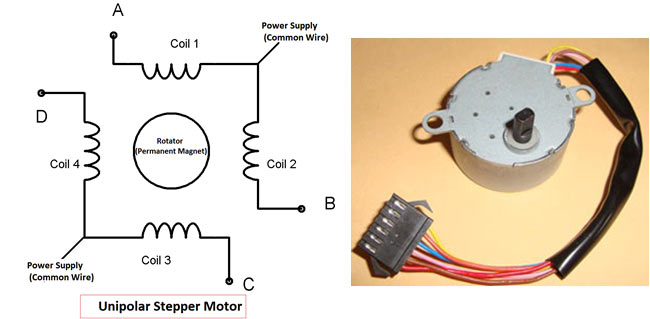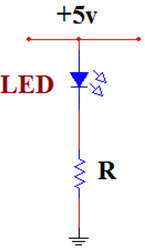APPLICATION OF SCADA

SCADA regulates traffic lights, controls traffic flow, and detects out-of-order signals. SCADA software applications are used to remotely monitor and control equipment related to pipelines, pumps, storage, offshore platforms and onshore wells, refineries and petro-chemical stations, Electric power generation, transmission and distribution Electric utilities use RTUs (or PLCs) and HMI SCADA to detect current flow and line voltage of remote sites. They also use them to monitor the operation of breakers, and to take power grids on or off. SCADA systems can be found at electrical power distribution from gas-fired, coal, nuclear, electrical power transmission and distribution, etc. Water, wastewater and sewage State and municipal water use SCADA applications. They monitor and regulate water flow, reservoir levels, pipe pressure, wastewater collection and treatment facilities, water treatment centers and distribution, and other factors of the field devices. Buildings, facilities ...

